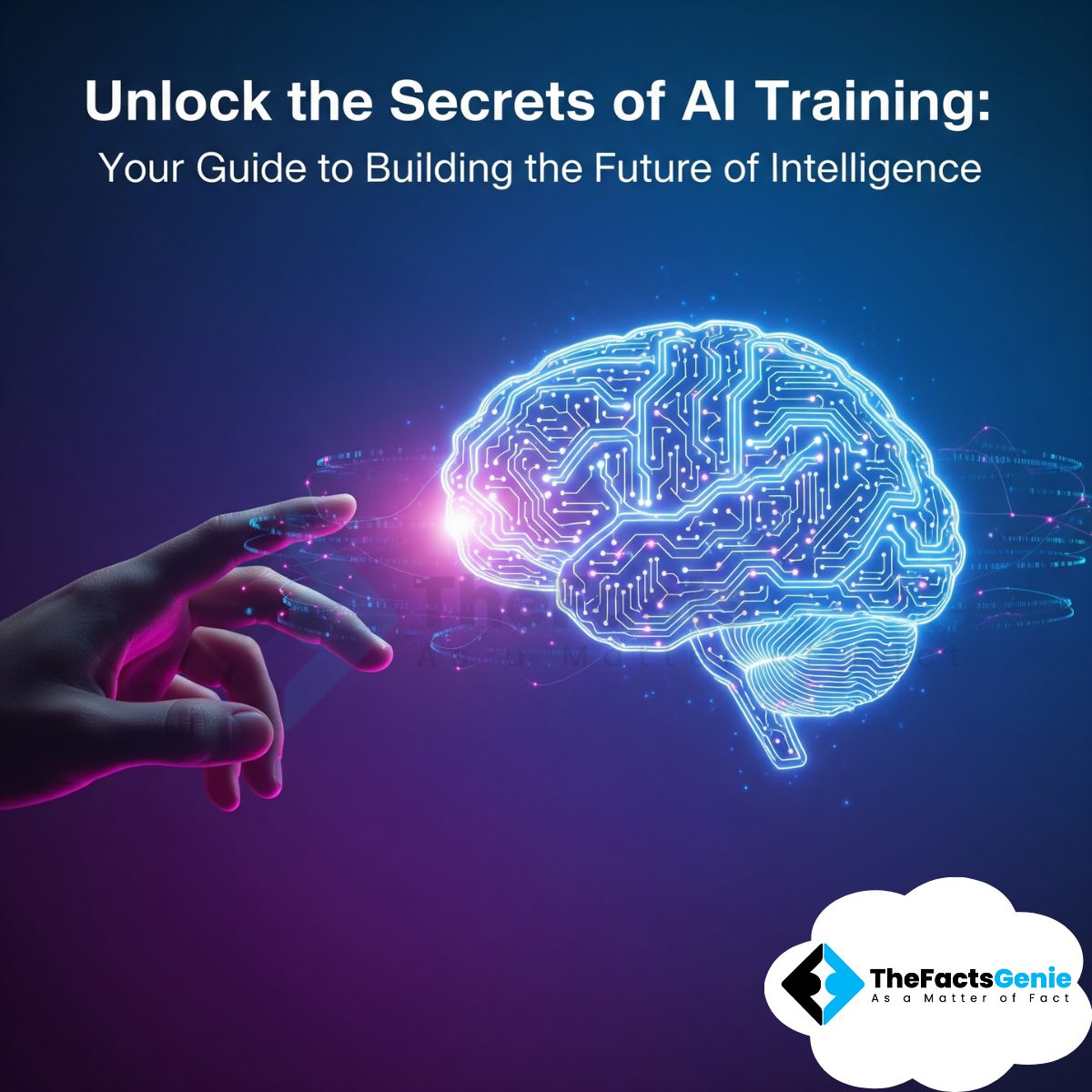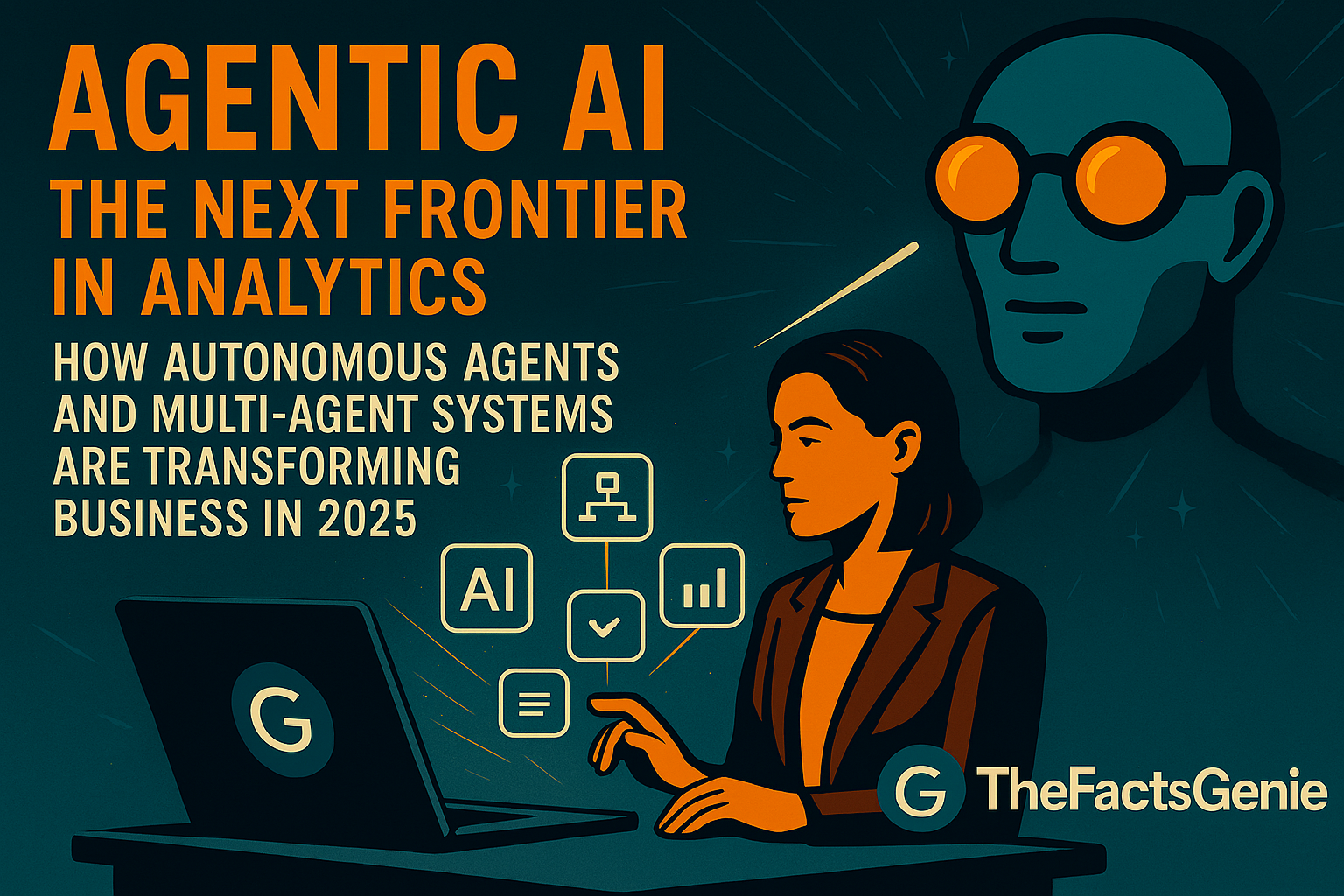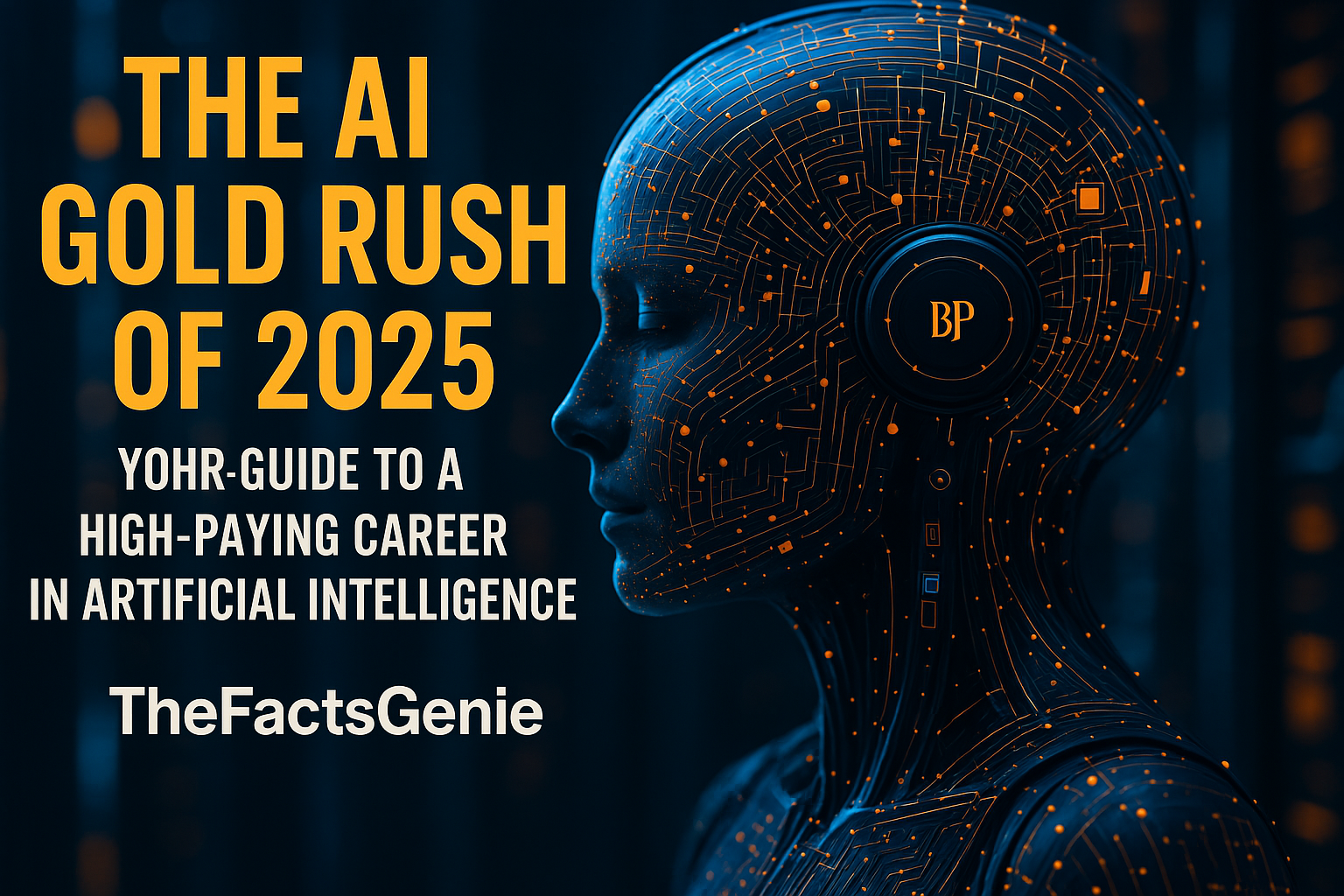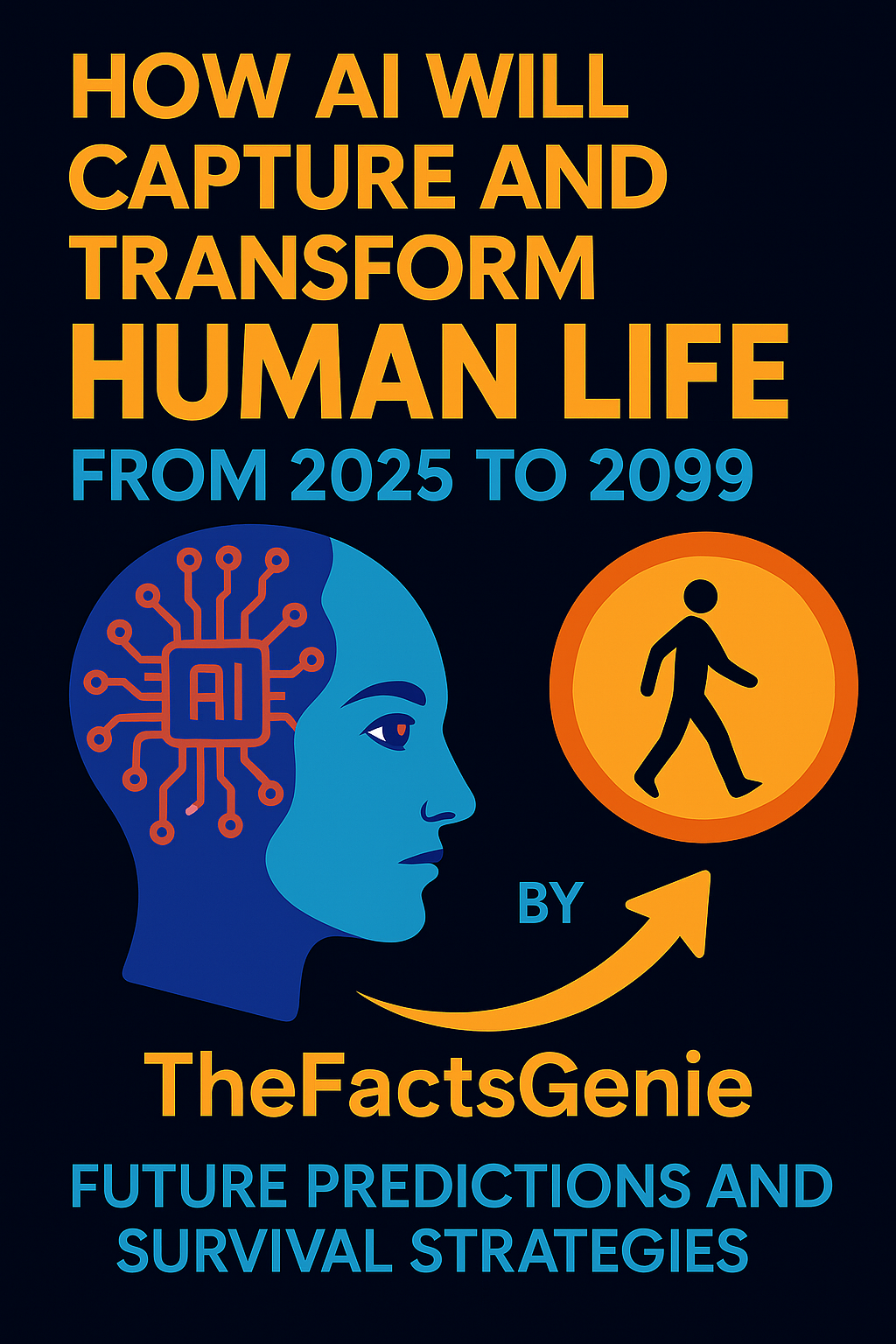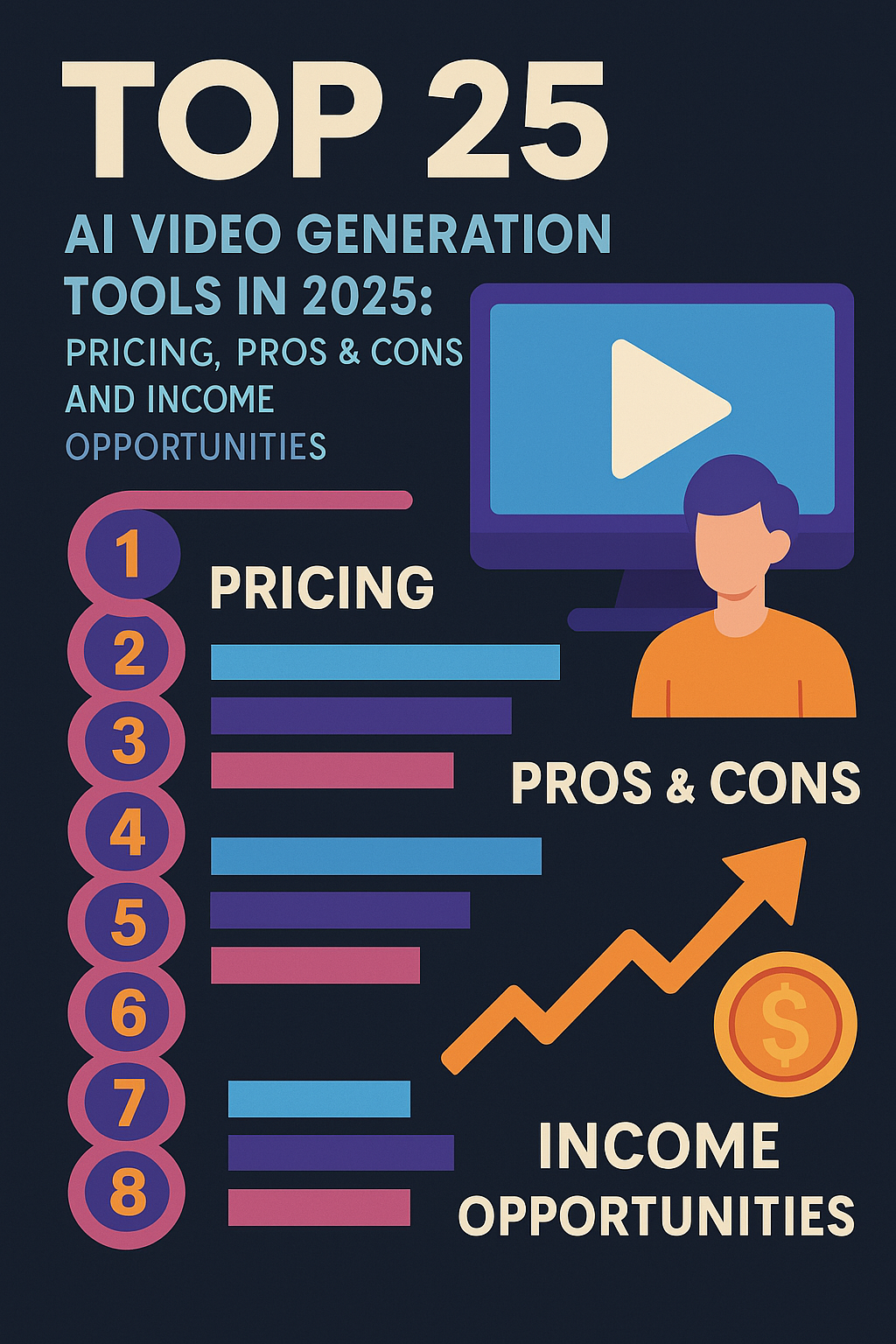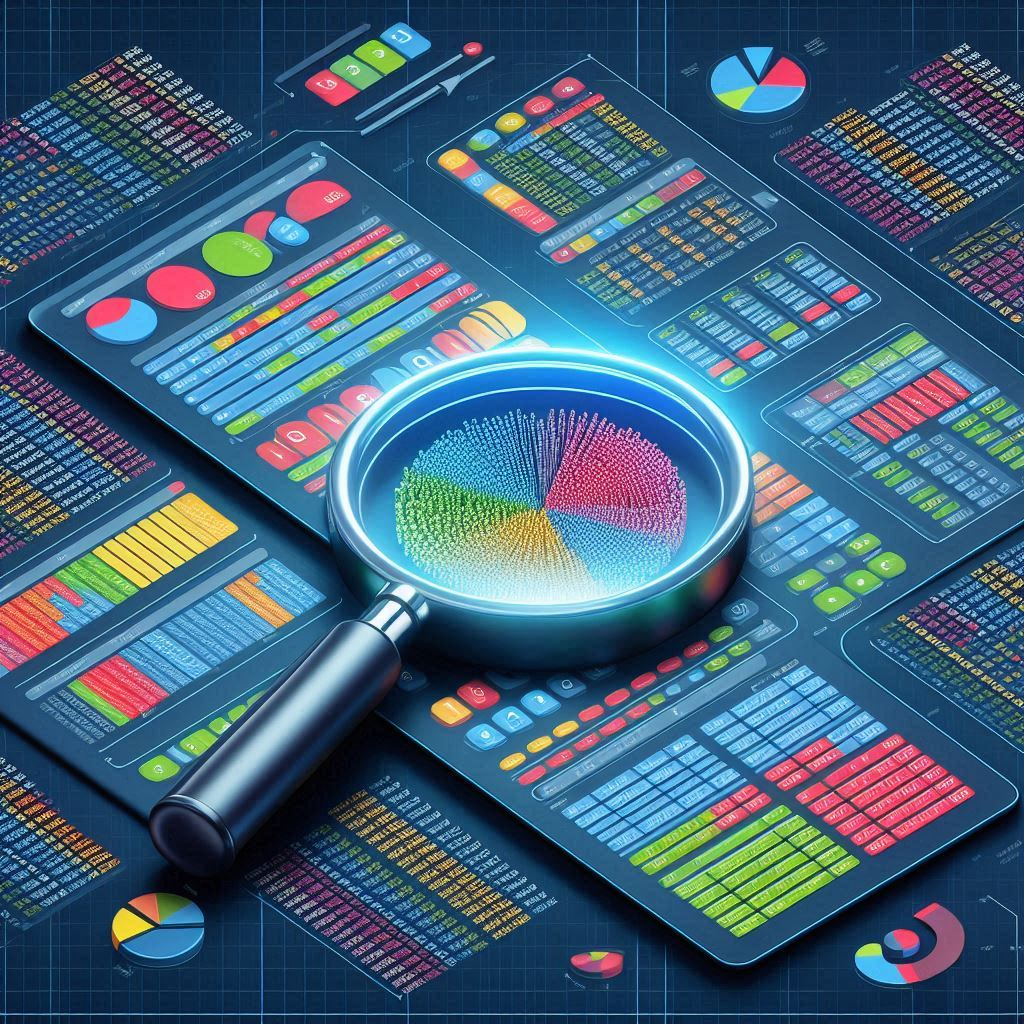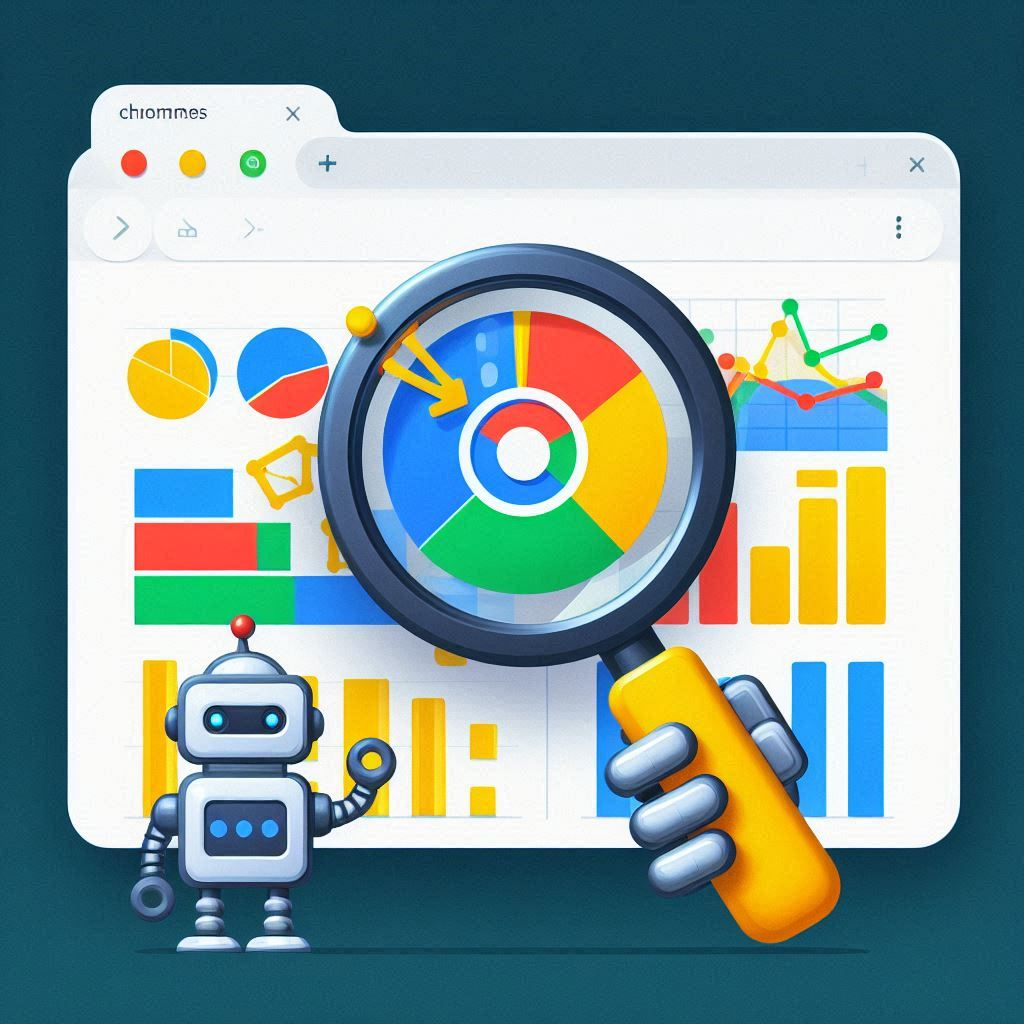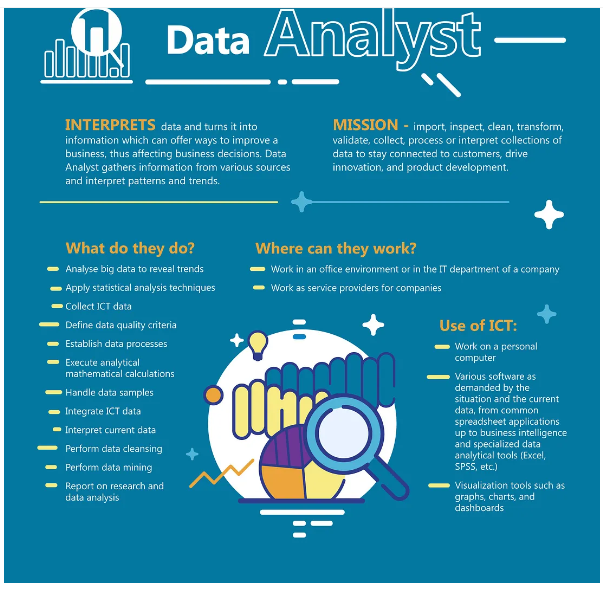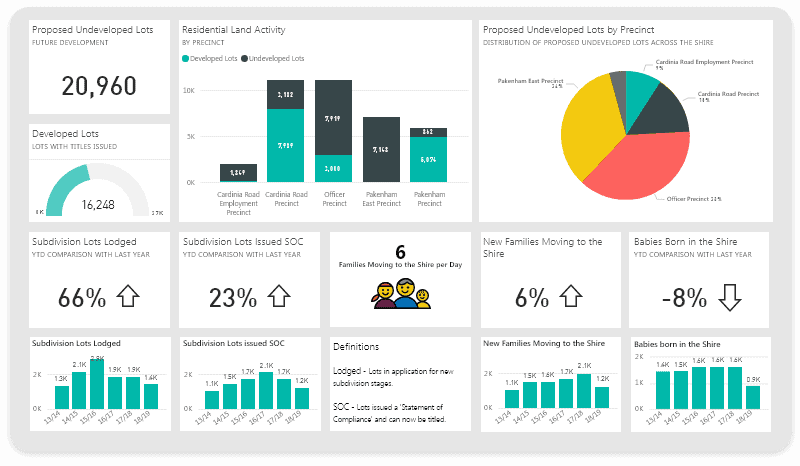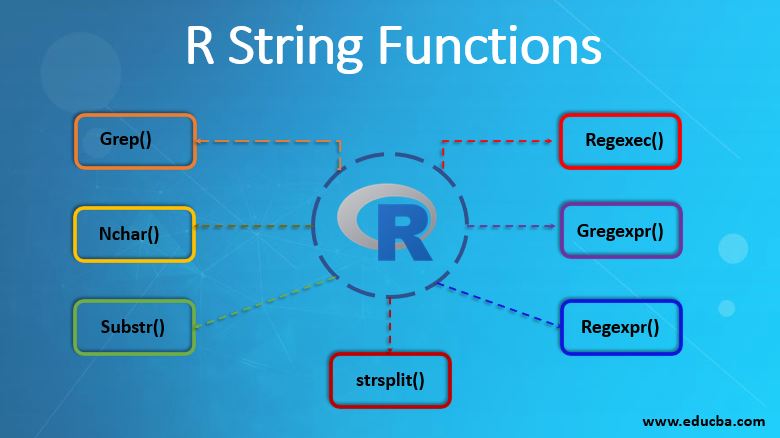
Unveiling the Depths: Top 10 Data Analysis Tools for 2024
The age of information is upon us, and data reigns supreme. But simply having data isn’t enough. To truly thrive in this environment, businesses and organizations need the power to unlock the hidden insights buried within complex datasets. This is where deep data analysis comes in.
Deep data analysis delves into intricate and often unstructured data, revealing hidden patterns and generating valuable insights. It empowers data-driven decision making, allowing businesses to optimize processes, identify trends, and achieve strategic goals.
As 2024 unfolds, the landscape of deep data analysis tools is constantly evolving. This blog post dives into the top 10 contenders in this ever-growing field, providing you with the knowledge to choose the perfect tool for your deep data exploration adventures.
1. TensorFlow: The Deep Learning Titan
Developed by Google, TensorFlow stands as a dominant force in the deep learning domain. This open-source framework offers unparalleled flexibility and ease of use, making it a favorite among both seasoned data scientists and aspiring enthusiasts. TensorFlow’s capabilities extend far beyond theoretical exercises. In the real world, it’s used for image recognition, speech-to-text conversion, and even medical diagnosis through image analysis.
Here’s what makes TensorFlow stand out:
- Open-Source and Flexible: TensorFlow’s open-source nature fosters a vibrant community, providing access to a wealth of resources and ongoing development. Its flexibility allows you to tailor the framework to your specific needs.
- Ease of Use: While powerful, TensorFlow offers a user-friendly interface, making it a good starting point for those new to deep learning.
- Real-World Applications: TensorFlow boasts a vast array of real-world applications across various industries. From facial recognition in social media to spam filtering in email, TensorFlow’s reach is extensive.
2. PyTorch: The Dynamic Challenger
Another open-source deep learning framework rapidly gaining traction is PyTorch. Unlike TensorFlow’s static computational graph, PyTorch features a dynamic one. This grants researchers and developers the freedom to experiment and iterate more efficiently, making it ideal for rapid prototyping and research. Furthermore, PyTorch’s user-friendly interface and extensive library support solidify its position as a powerful tool for deep data analysis.
Here’s why PyTorch is gaining momentum:
- Dynamic Computational Graph: This allows for more flexibility and faster experimentation during the development process.
- User-Friendly Interface: PyTorch is known for its intuitive interface, making it easier to learn and use compared to some other deep learning frameworks.
- Extensive Library Support: A rich ecosystem of libraries expands PyTorch’s capabilities and caters to various deep learning tasks.
3. Apache Spark: Taming the Big Data Beast
When dealing with massive datasets, commonly referred to as Big Data, Apache Spark emerges as the undisputed champion. This powerful tool excels at large-scale data processing by distributing tasks across clusters of computers. This enables you to analyze enormous datasets with remarkable efficiency. Spark’s seamless integration with deep learning frameworks like TensorFlow and PyTorch further enhances its appeal for deep data analysis projects.
Here are the key strengths of Apache Spark:
- Big Data Processing: Spark is specifically designed to handle massive datasets, making it ideal for complex deep learning projects.
- Distributed Processing: By distributing tasks across clusters, Spark speeds up the analysis process significantly.
- Deep Learning Framework Integration: Spark integrates seamlessly with popular deep learning frameworks, providing a comprehensive deep data analysis solution.
4. Keras: Building Deep Learning Models with Simplicity
Keras acts as a high-level API, streamlining the often-complex process of building deep learning models. Imagine it as a layer on top of frameworks like TensorFlow or PyTorch. Keras provides a user-friendly interface that simplifies the process of constructing and training models, making deep learning more accessible to a wider range of users, including those with less programming experience.
Here’s how Keras simplifies deep learning:
- High-Level API: Keras abstracts away some of the underlying complexities of deep learning frameworks, making model building more intuitive.
- User-Friendly Interface: The interface allows users to focus on the design and logic of their models rather than getting bogged down in intricate code.
- Accessibility: Keras lowers the barrier to entry for deep learning, making it suitable for those who are new to the field.
5. scikit-learn: The Foundational Blocks of Machine Learning
While not solely dedicated to deep learning, scikit-learn serves as a cornerstone library in the realm of machine learning for Python users. This comprehensive suite offers a vast collection of algorithms for various tasks, including classification, regression, and clustering. By providing a solid foundation for data
5. scikit-learn: The Foundational Blocks of Machine Learning (Continued)
…exploration and model building, scikit-learn prepares you to delve into the intricacies of deep learning with confidence.
Here’s why scikit-learn is crucial for deep data analysis:
- Machine Learning Foundation: Provides a strong understanding of machine learning concepts, which are essential for deep learning.
- Algorithms for Data Exploration: A rich set of algorithms helps you explore and understand your data before applying deep learning techniques.
- Model Building Foundation: Skills developed using scikit-learn translate well to building deep learning models.
6. KNIME: User-Friendly Interface for Wrangling Deep Data
KNIME is an open-source platform designed to make data wrangling, analysis, and visualization a breeze. Its drag-and-drop functionality caters to both coders and non-coders alike, offering a user-friendly environment for deep data exploration. While KNIME possesses deep learning capabilities, its core strength lies in its accessibility for data pre-processing and initial exploration tasks.
Here’s what makes KNIME a valuable tool:
- Drag-and-Drop Functionality: This intuitive interface makes data manipulation and exploration accessible to users of all technical backgrounds.
- Open-Source and Free: The open-source nature of KNIME makes it a cost-effective option for individuals and organizations.
- Data Pre-Processing Strength: KNIME excels at data cleaning, transformation, and preparation tasks, essential for deep learning projects.
7. RapidMiner: Visualizing the Deep Data Journey
Similar to KNIME, RapidMiner provides a user-friendly platform specifically designed for data mining and machine learning tasks. It boasts a rich library of pre-built operators that can be used for data manipulation, transformation, and model building, encompassing deep learning models. RapidMiner’s visual interface streamlines the deep data analysis process, making it suitable for users who prefer a more graphical approach.
Here’s why RapidMiner is a popular choice:
- Visual Interface: The visual workflow builder simplifies data analysis tasks, making it easier to understand and manage complex workflows.
- Pre-Built Operators: A vast library of operators saves time and effort by providing pre-built functions for common data manipulation tasks.
- Deep Learning Capabilities: RapidMiner integrates with deep learning frameworks, allowing you to build and deploy deep learning models.
8. SAS: The Established Player with Deep Learning Prowess
SAS, a longstanding leader in the data analytics domain, offers a comprehensive suite of tools catering to data management, analysis, and visualization. While renowned for its robust statistical capabilities, SAS has kept pace with the evolving landscape, incorporating powerful deep learning functionalities. Industries like finance and healthcare, with their emphasis on security and compliance, particularly favor SAS due to its commitment to these aspects.
Here’s how SAS stays relevant in the deep learning era:
- Comprehensive Suite: Provides a one-stop shop for all your data analysis needs, including deep learning.
- Security and Compliance: Focuses on data security and regulatory compliance, making it a good fit for industries with strict requirements.
- Deep Learning Integration: SAS integrates seamlessly with deep learning frameworks, allowing you to leverage its capabilities within the SAS environment.
9. H2O.ai: Open-Source Powerhouse for Deep Learning
H2O.ai stands out as an open-source platform designed specifically for both machine learning and deep learning tasks. This scalable and user-friendly platform emphasizes in-memory processing, making it ideal for handling large datasets on a single machine. H2O.ai’s open-source nature fosters collaboration and innovation within the deep data analysis community.
Here’s what makes H2O.ai a compelling choice:
- Open-Source and Scalable: Provides a cost-effective and adaptable solution for deep data analysis projects.
- In-Memory Processing: Allows you to analyze large datasets on a single machine, ideal for resource-constrained environments.
- Focus on Machine Learning and Deep Learning: Offers a comprehensive set of tools specifically tailored for these tasks.
10. Amazon SageMaker: Deep Learning in the Cloud
For those seeking a cloud-based solution, Amazon SageMaker by Amazon Web Services (AWS) emerges as a compelling option. This comprehensive suite provides the necessary tools for building, training, and deploying machine learning models, including deep learning models. SageMaker eliminates the need for extensive hardware setup and management, allowing you to focus on the analysis itself.
Here’s why SageMaker is a cloud-based favorite:
- Cloud-Based Solution: Provides scalability
…and eliminates the need for extensive hardware setup and management, allowing you to focus on the analysis itself.
Here are some additional benefits of SageMaker:
- Pre-Built Algorithms: Offers a library of pre-built algorithms and models to jumpstart your deep learning projects.
- Collaboration Features: Enables collaboration between data scientists and analysts working on deep learning projects.
- Cost-Effective: The pay-as-you-go model ensures you only pay for the resources you use.
Choosing the Right Tool for Your Deep Data Odyssey
The ideal deep data analysis tool depends on your specific needs and project requirements. Consider these factors when making your choice:
- Technical Expertise: If you’re a coding pro, you might opt for a more flexible framework like TensorFlow. If you’re new to deep learning, a user-friendly platform like KNIME could be a better fit.
- Data Size: For massive datasets, Apache Spark’s distributed processing capabilities are invaluable. For smaller datasets, a tool like H2O.ai might suffice.
- Project Requirements: Do you need a tool specifically for deep learning, or do you require a broader suite for data exploration and analysis? Tools like scikit-learn provide a well-rounded foundation.
- Budget: Open-source options like TensorFlow and KNIME are cost-effective, while enterprise-grade solutions like SAS come with a price tag. Consider cloud-based options like SageMaker for flexible pay-as-you-go pricing.






